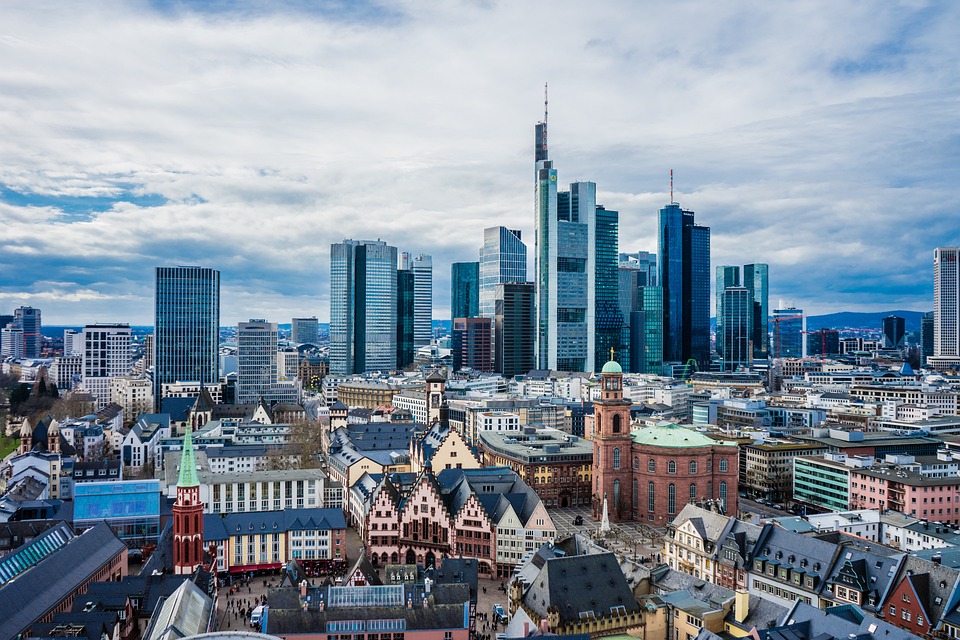Introduction
Globalization has transformed the world in unprecedented ways, particularly in the age of technology. The interconnectivity brought about by digital advancements has reshaped economies, societies, and cultures across the globe. However, the very technology that binds us together can also deepen divides, calling into question whether globalization serves as a bridge connecting diverse cultures or as a chasm that exacerbates disparities. This article explores both sides of the debate, examining how technology influences globalization, impacts cultural exchange, and creates divides in our interconnected world.
The Connecting Power of Technology
1. Enhanced Communication
One of the most significant impacts of technology on globalization is the ease of communication it facilitates. Social media platforms, messaging apps, and video conferencing tools enable individuals from different parts of the world to converse and collaborate in real time. These tools have not only connected friends and family across distances but have also allowed businesses to operate on a global scale.
For instance, a small artisan in Peru can showcase and sell their handcrafted goods to consumers in Europe and North America via platforms like Etsy and Instagram. This facilitates cultural exchange as art, traditions, and languages transcend borders, fostering global appreciation and understanding.
2. Cultural Exchange and Hybridization
Technology has fueled an unprecedented cultural exchange. Streaming platforms like Netflix and Spotify allow users to access music and films from around the world, exposing them to diverse artistic expressions and narratives. The rise of global trends such as K-Pop and Bollywood exemplifies how cultures can blend and influence one another in the digital sphere, creating new hybrid forms of entertainment that reflect a multicultural world.
Furthermore, educational resources available online enable individuals to learn about different cultures, languages, and traditions. MOOCs (Massive Open Online Courses), webinars, and cultural workshops offer access to knowledge that was once limited to physical classrooms, breaking down barriers to education and understanding.
The Dividing Effects of Technology
1. Digital Divide
Despite its unifying potential, technology can often exacerbate existing socioeconomic divides. The digital divide—a gap between those who have access to technology and the internet and those who do not—can lead to disparities in educational and economic opportunities. In developing countries, where access to high-speed internet and advanced technology may be scarce, individuals may be left behind in the global marketplace, widening the gap between the privileged and the underprivileged.
This divide is not merely geographical; within developed nations, marginalized communities may also lack access to technology or digital skills needed to thrive in an increasingly digital economy. As globalization accelerates, those without access risk being excluded from the benefits that connectivity brings.
2. Cultural Homogenization
One of the most significant criticisms of globalization in the age of technology is the fear of cultural homogenization. The dominance of Western media, particularly from the United States, can overshadow local cultures and traditions, leading to a loss of cultural identity. As global consumers flock to familiar brands and trending content, traditional practices and languages can suffer.
This phenomenon is evident in the global adoption of fast fashion, fast food, and entertainment franchises, which can erode local businesses and cultural expressions. The internet can amplify this trend, with algorithms favoring mainstream content over niche, local voices, further marginalizing diverse cultures.
Striking a Balance
1. Emphasizing Inclusivity
To harness the potential of technology for a more inclusive and equitable form of globalization, governments, organizations, and individuals must invest in bridging the digital divide. This means ensuring access to technology and internet connectivity for all, particularly in underserved communities. Educational initiatives to improve digital literacy are essential to equip individuals with the skills they need to participate in the global economy.
2. Promoting Local Cultures
Encouraging the promotion and preservation of local cultures in the face of globalization is crucial. This can be achieved by supporting local artists, businesses, and cultural initiatives that celebrate diversity. Technology can serve as a powerful tool for local voices, enabling them to reach global audiences and fostering appreciation for cultural differences.
Social media campaigns and digital platforms can be leveraged to tell diverse stories, share traditional knowledge, and promote local products. By championing local cultures, we can appreciate the richness of global diversity rather than succumbing to uniformity.
Conclusion
Globalization in the age of technology presents a complex landscape of opportunities and challenges. While the potential for connection, cultural exchange, and collaboration is vast, the risks of deepening divides and cultural homogenization cannot be overlooked. As we move forward, it is vital to balance the advantages of globalization with a commitment to inclusivity and the preservation of cultural identities. By doing so, we can ensure that technology serves as a bridge that connects us across cultures rather than a wall that divides us. The future of globalization depends on our ability to embrace this duality and work collectively towards a more equitable and culturally rich world.


